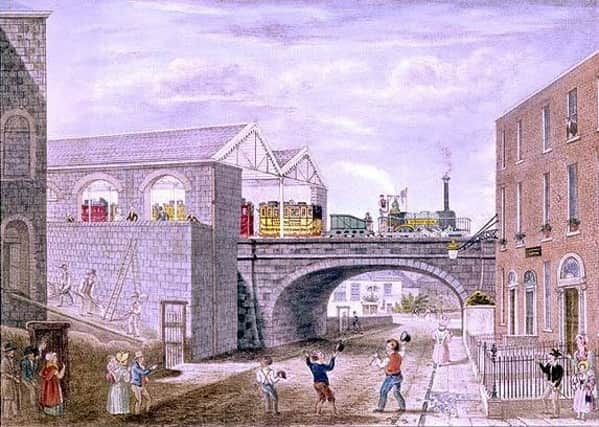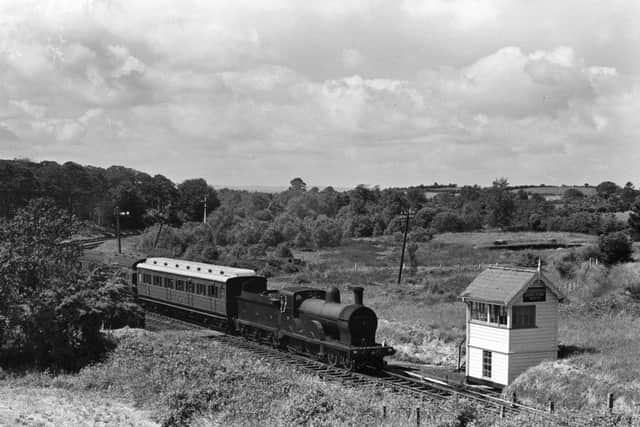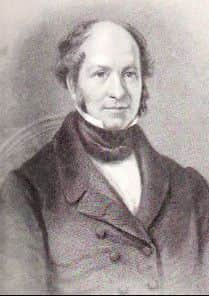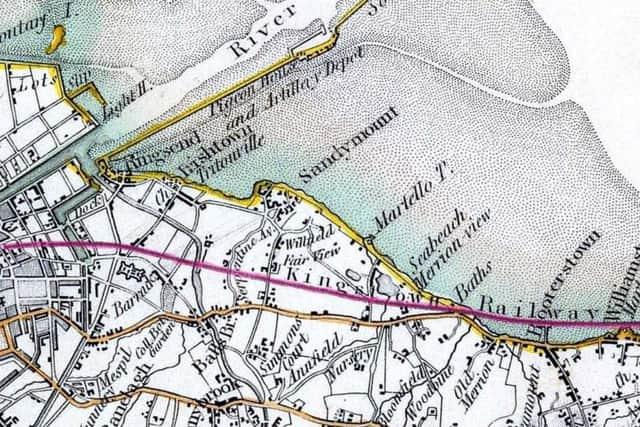Digging spuds, smuggling stockings and building of first commuter train


“I enjoyed your article on Bundoran Junction,” wrote Declan, with reference to the old, beautifully-restored Bundoran North signal cabin, erected near Kilskeery in 1893 and installed last year in Downpatrick and County Down’s railway museum.
“Would you consider writing an article about Goraghwood station,” Mr Wynne suggested, “and the ‘joys’ of going through the customs with Bradmola Mannequin nylons?”
Advertisement
Hide AdAdvertisement
Hide AdI know that Goraghwood was a junction on the Great Northern Railway of Ireland in Co Armagh, but I don’t know a lot about nylon stockings, smuggled or legal, so I’m currently making contact with Declan for more information.


Meanwhile, his letter included a fascinating snippet of information – “the first commuter train service in the world opened in 1834 and ran for six miles from Dublin city to the port of Kingstown, now Dún Laoghaire”.
More about that in a moment, but first to another letter, from Drumtara, Ballymena, which opened somewhat curiously with the greeting – ‘Stone the Crows.’
Late last year some stories were shared here that were gleaned from a book called ‘Around and About’ – a nostalgic compilation of Roamer-readers’ stories from the 1980s.
Advertisement
Hide AdAdvertisement
Hide AdOne of the yarns, headlined ‘Plenty to Crow About’, inspired the note from Drumtara-reader James McIlhatton.


“Your column about the potatoes and crows reminded me of the potato-gathering of my youth,” Mr McIlhatton’s letter continued, “around my birthplace in the River Bush valley between Ballymoney and Stranocum, known as Little Holland because of its fertile potato-growing soil.”
The story he referred to from ‘Around and About’ came originally from an Armoy reader, about a farmer who was plagued with rooks that were eating his potatoes.
The farmer tried scarecrows, nets and even a shotgun, but the birds continued to scoff his spuds.
Advertisement
Hide AdAdvertisement
Hide AdThey usually perched on a tree in the middle of the field, out of range of the farmer’s gun, before swooping down for a feast.


The farmer had a brainwave!
He acquired some ‘birdlime’ (an adhesive substance), spread it on the tree’s branches, and hid in a hedge with his gun.
When the flock of rooks returned to roost in the tree he fired off both barrels.
Victory at last?


Not so, according to the Armoy reader who shared the story.
Advertisement
Hide AdAdvertisement
Hide Ad“Up went all the wings and the rooks flew away – with the tree!”
Returning now to Mr McIlhatton’s letter about potato-rich Little Holland “where they speak a language that strangers can’t understand” he explained, meaning Ulster Scots.
James added “here’s a poem about potato picking that I composed some time ago in that particular language.”
Entitled ‘The Diggin o the Prutas’, it ends with a wonderful punchline!
The rushes ire gruyin green an high,


Next the pruta feils,
The autumn wun is coul an dry,
Among the pruta tops as weel.
A gid day tae start digging prutas,
For the fiel is gid an dry,
An the pruta gatherers are fit an weel,
The school wains, the neighbours an I.
Deed muny a stervin I often got,
At this back-breakin task,
And I wunnered cud I thole the pace,
A hale day tae the last.
And the getherers wi their baks bent,
Gathered up and doon the hill,
Gid healthy work for a hardy lad,
If the bak wid stick it oot.
And the weather kept up fine and dry,
And nae rainclouds aboot,
But when it rained, oh what a hash,
The pruta fiel turned oot.
Wae glar and clabber everywhere,
A right plester there’s nae doot,
But the firmer wants the prutas dug,
For the seasons getting late.
The best place to gether on a day like this,
Is aff the dinner plate.
Advertisement
Hide AdAdvertisement
Hide AdBack now to Declan Wynne’s information about the world’s first commuter train, from Dublin city to the port of Kingstown, now Dún Laoghaire.
The News Letter carried a report about the Dublin and Kingstown (D&K) Railway’s new service on October 31, 1834, though the first train ran on the 9th of that month.
The D&K Company was founded three years previously by Dublin city businessmen who awarded the construction of the line to William Dargan, a highly acclaimed engineer.
(Dargan is commemorated today in Belfast with the Dargan Bridge over the Lagan, where he straightened and dredged the river, thus creating Queens Island – originally called Dargan’s Island.)
Advertisement
Hide AdAdvertisement
Hide AdThe construction of the six-mile D&K line faced stiff opposition from two landowners.
One of them, Lord Cloncurry, consented when awarded a lavish foot-bridge over the line to the sea, with a decorative, Romanesque temple, a short tunnel and a railway cutting to preserve his privacy.
The inaugural train on October 9, 1834, pulling eight carriages, is regarded as the world’s first commuter railway line.
An 1843 timetable shows that it ran every half hour from early morning till nearly midnight, stopping at all stations, with extra trains on Sundays.
A first-class ticket cost 1 shilling, second-class was 8d, and third-class cost sixpence.
The main station building was converted into a restaurant in 1971 and the line is now part of the DART route.